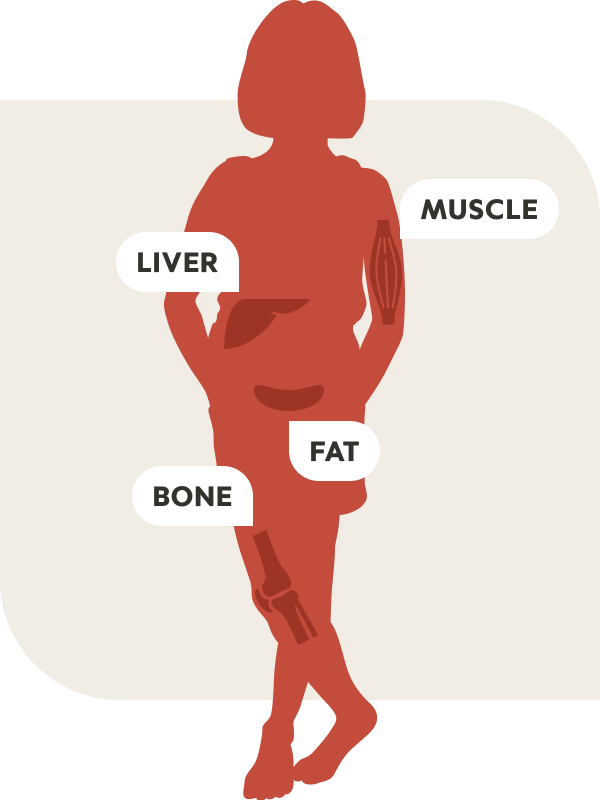Congenital
The kind of GH that some babies are born with, even though they may appear to be growing normally until about 6 to 12 months old.


GHD is a condition characterized by an insufficient production or secretion of growth hormone (GH) by the pituitary gland, a small gland located at the base of the brain. GH plays a crucial role in stimulating growth, particularly in bones and muscles. The science behind GHD involves understanding the causes, effects, and mechanisms involved.
Here are key aspects of the science behind GHD:
Most cases of GHD are associated with dysfunction or abnormalities in the pituitary gland. The pituitary gland is responsible for producing and releasing various hormones, including GH.


In the bloodstream, GH impacts various bodily systems to promote growth in children. However, once the growth plates in their bones have closed, GH ceases to stimulate height increase. Nevertheless, the body continues to require GH for maintaining normal body structure and metabolism. After bones stop growing in length, GH plays a crucial role in regulating body composition and ensuring metabolic balance.
The kind of GH that some babies are born with, even though they may appear to be growing normally until about 6 to 12 months old.
Occurs when damage to the pituitary gland leads to the onset of GHD after birth, which can happen at any age, including during childhood. This condition results from various factors that disrupt normal pituitary function.
This means there is no identifiable cause for the growth hormone deficiency.
In some cases, GHD can result from genetic mutations or abnormalities that affect the production, secretion, or action of GH.
The classification of GHD can be complex, and the underlying causes can vary widely. Additionally, the severity of the deficiency can range from mild to severe. A thorough evaluation by healthcare professionals, including a pediatric endocrinologist, is necessary to determine the type, cause, and appropriate treatment for GHD.
You are about to leave the GHDinKids.com website and enter a website operated by an independent third party. The links to third-party websites contained on this site are provided solely for your convenience. Ascendis Pharma does not control the opinions, claims or comments contained on any third-party website linked to GHDinKids.com, and your activities at those websites will be governed by the policies and practices of those third parties.
You will now be redirected to learn more about a treatment option for children with GHD.